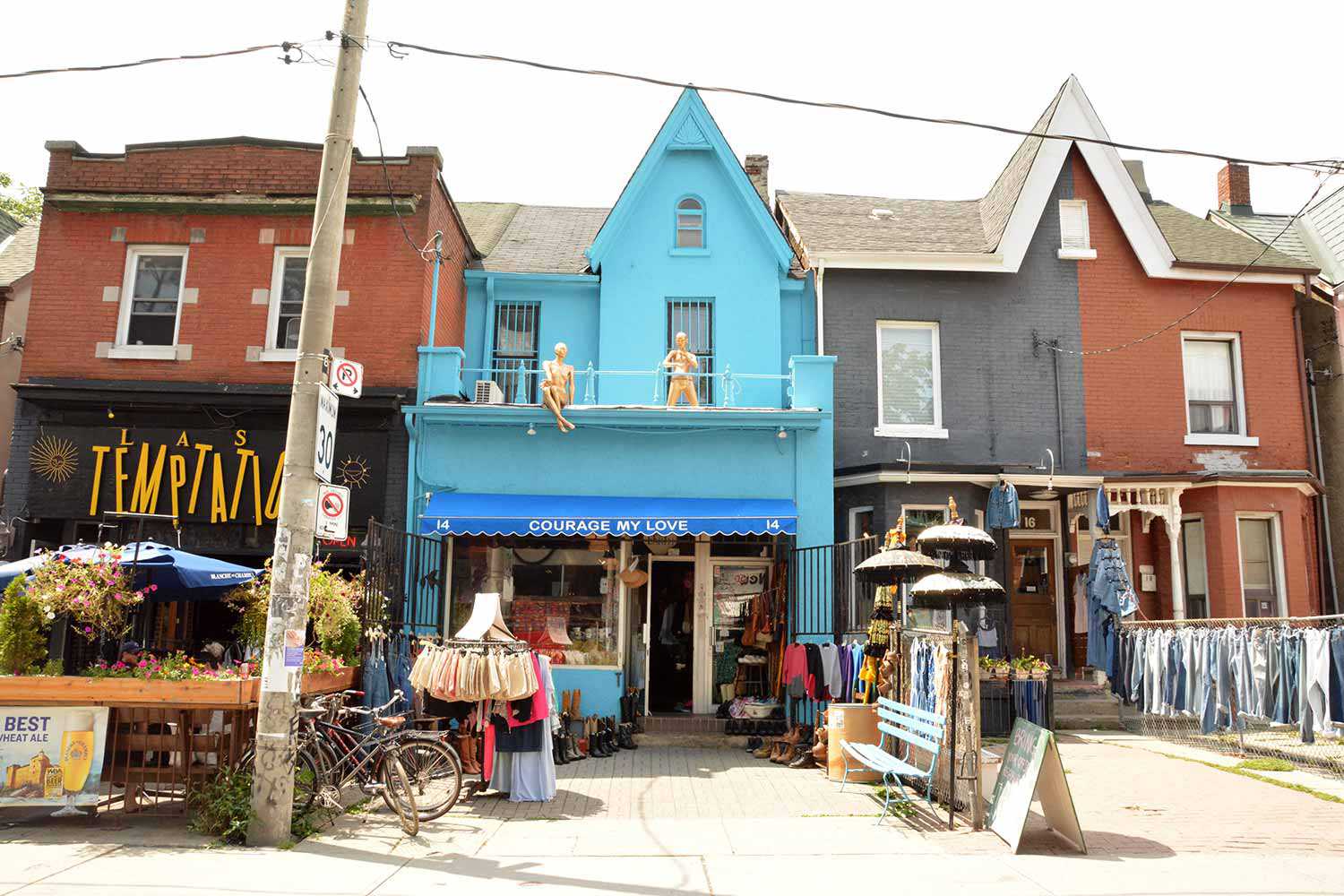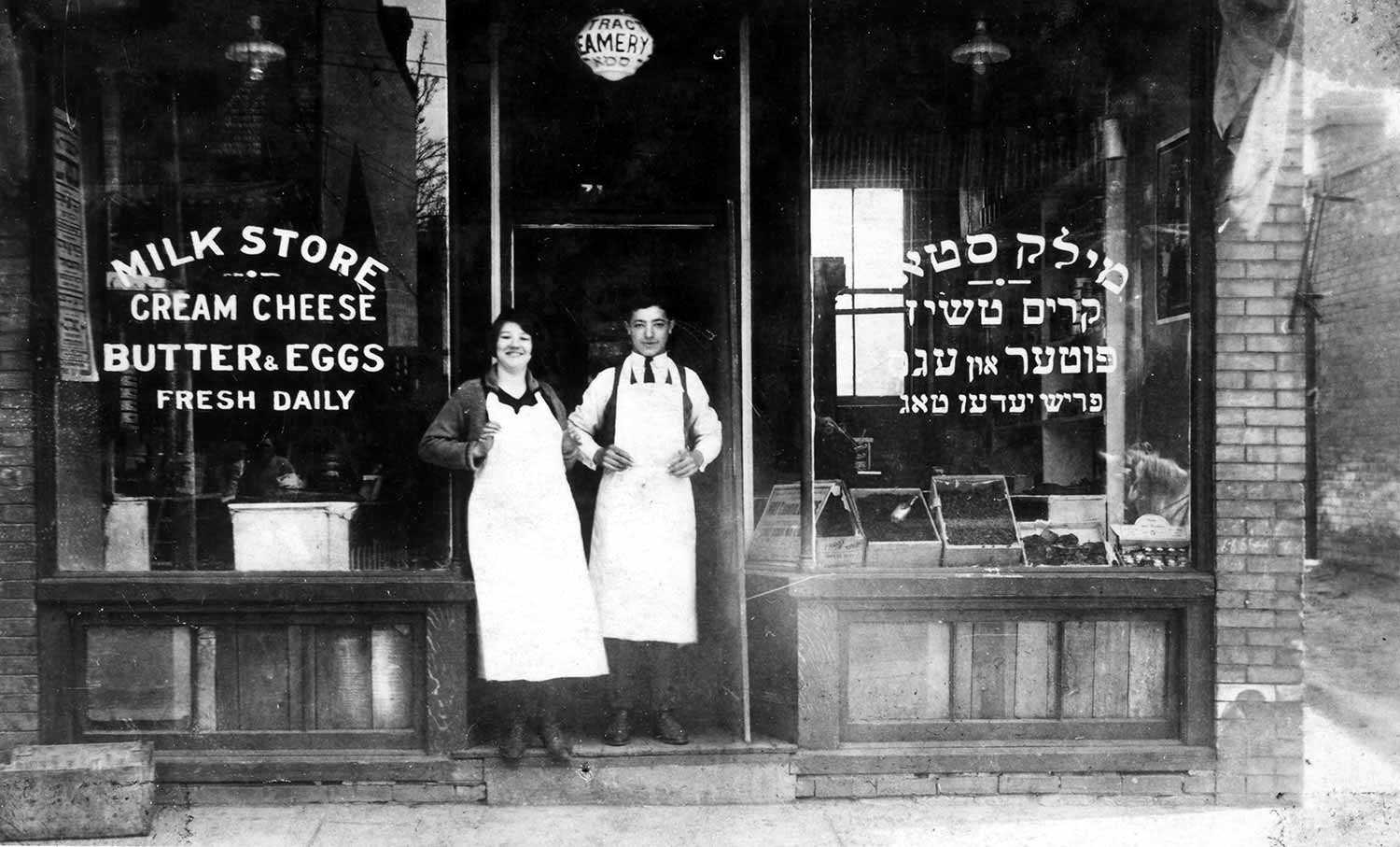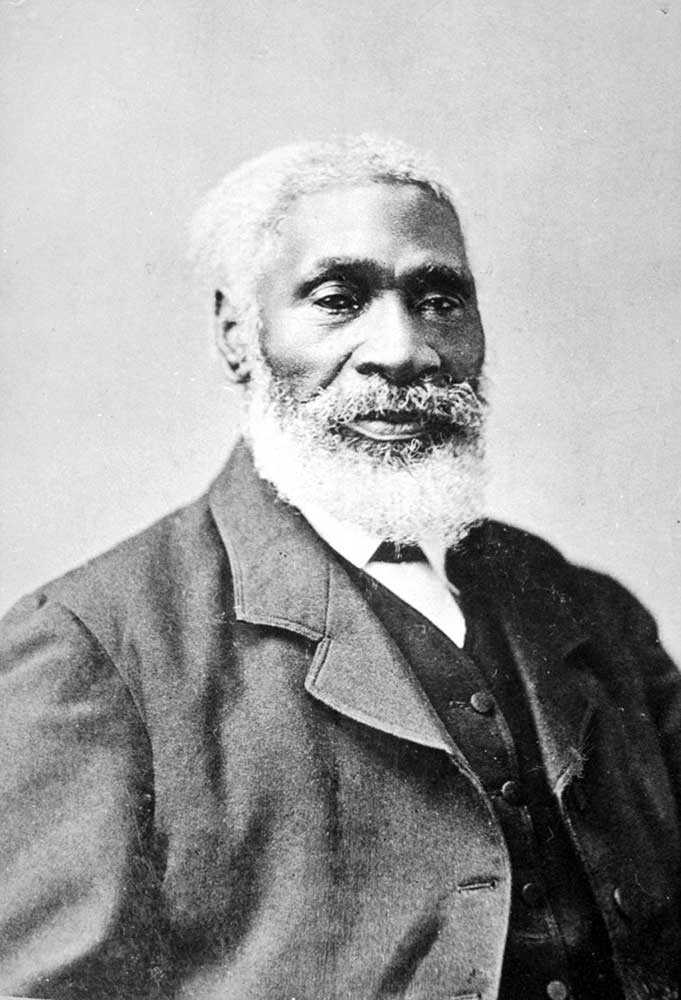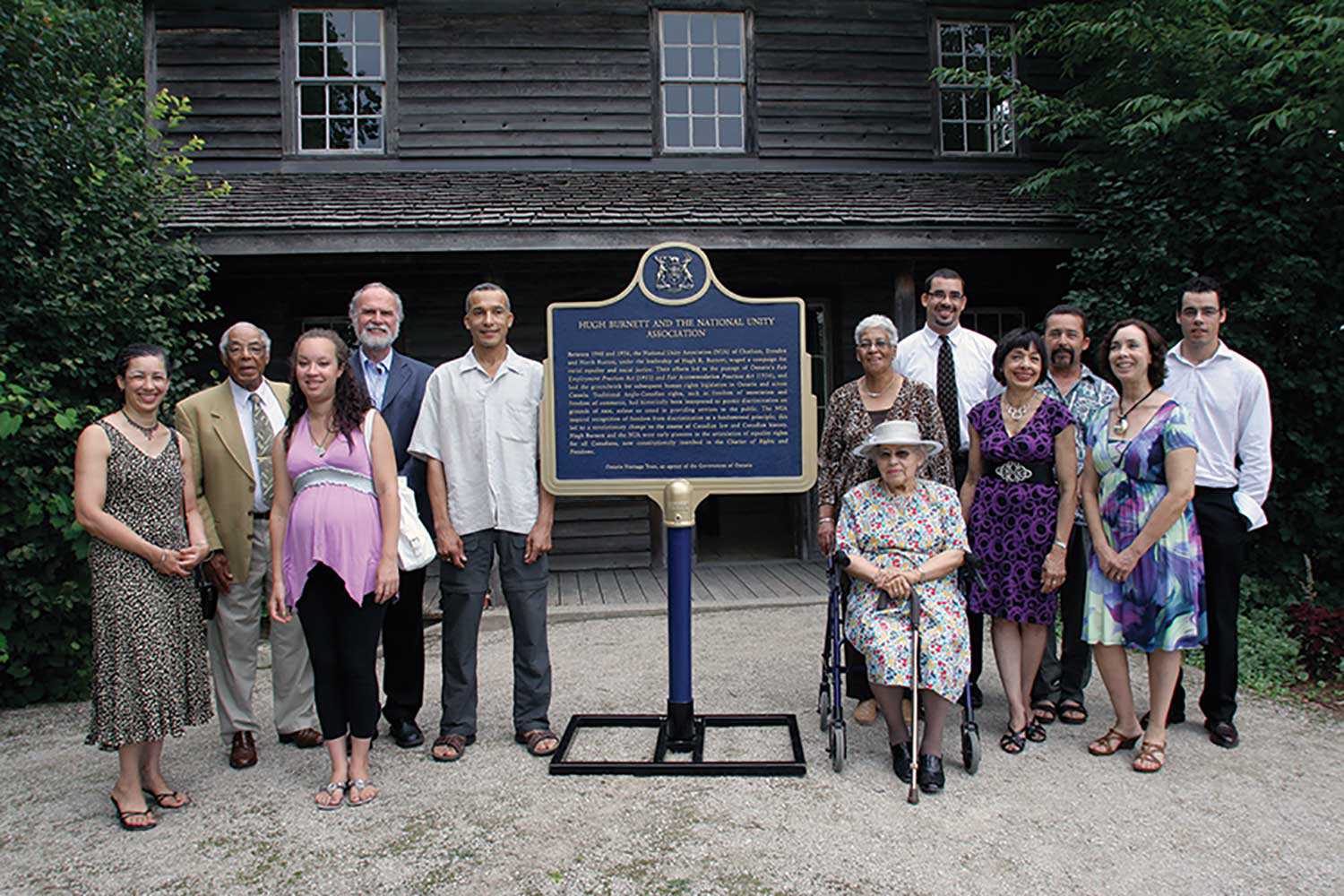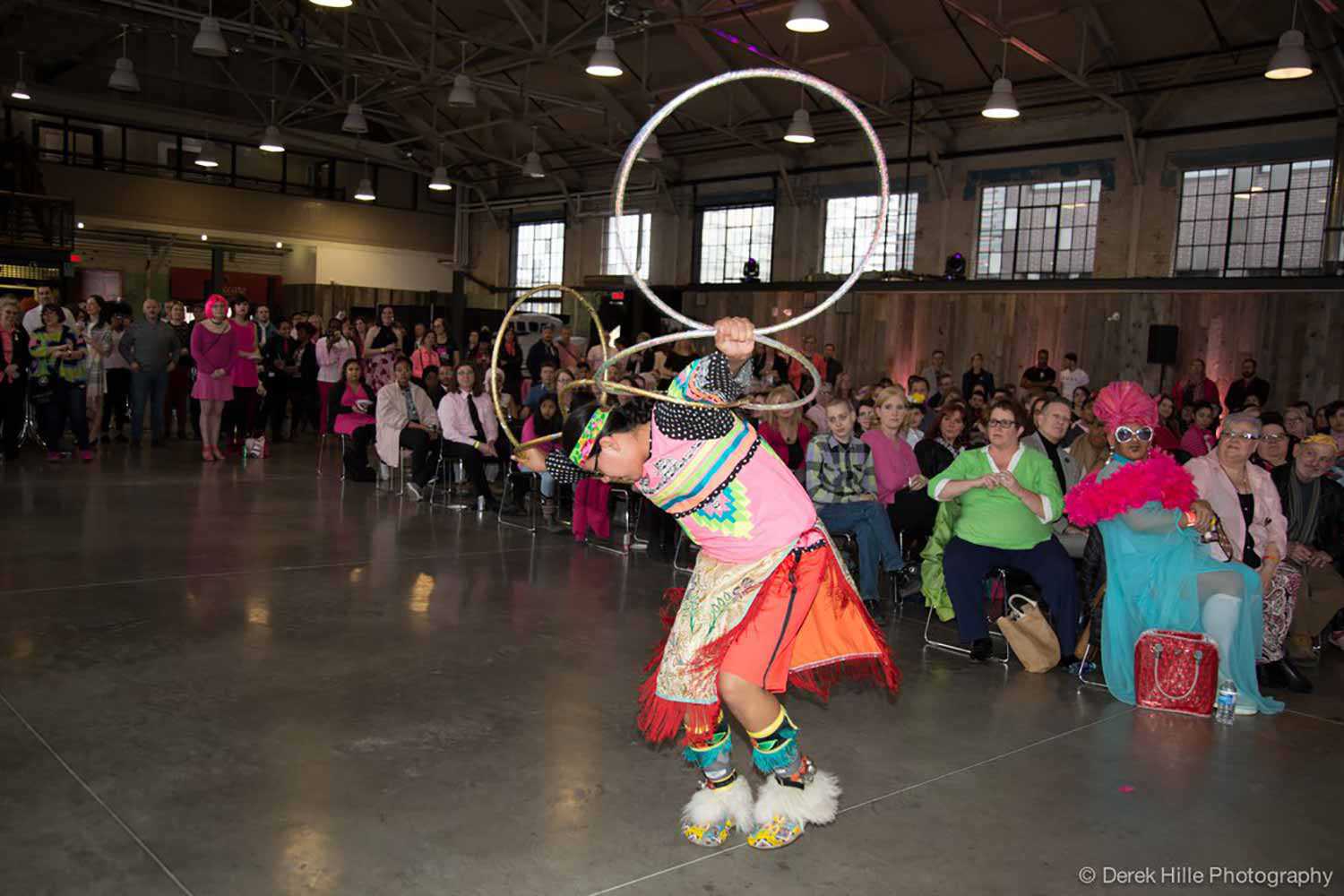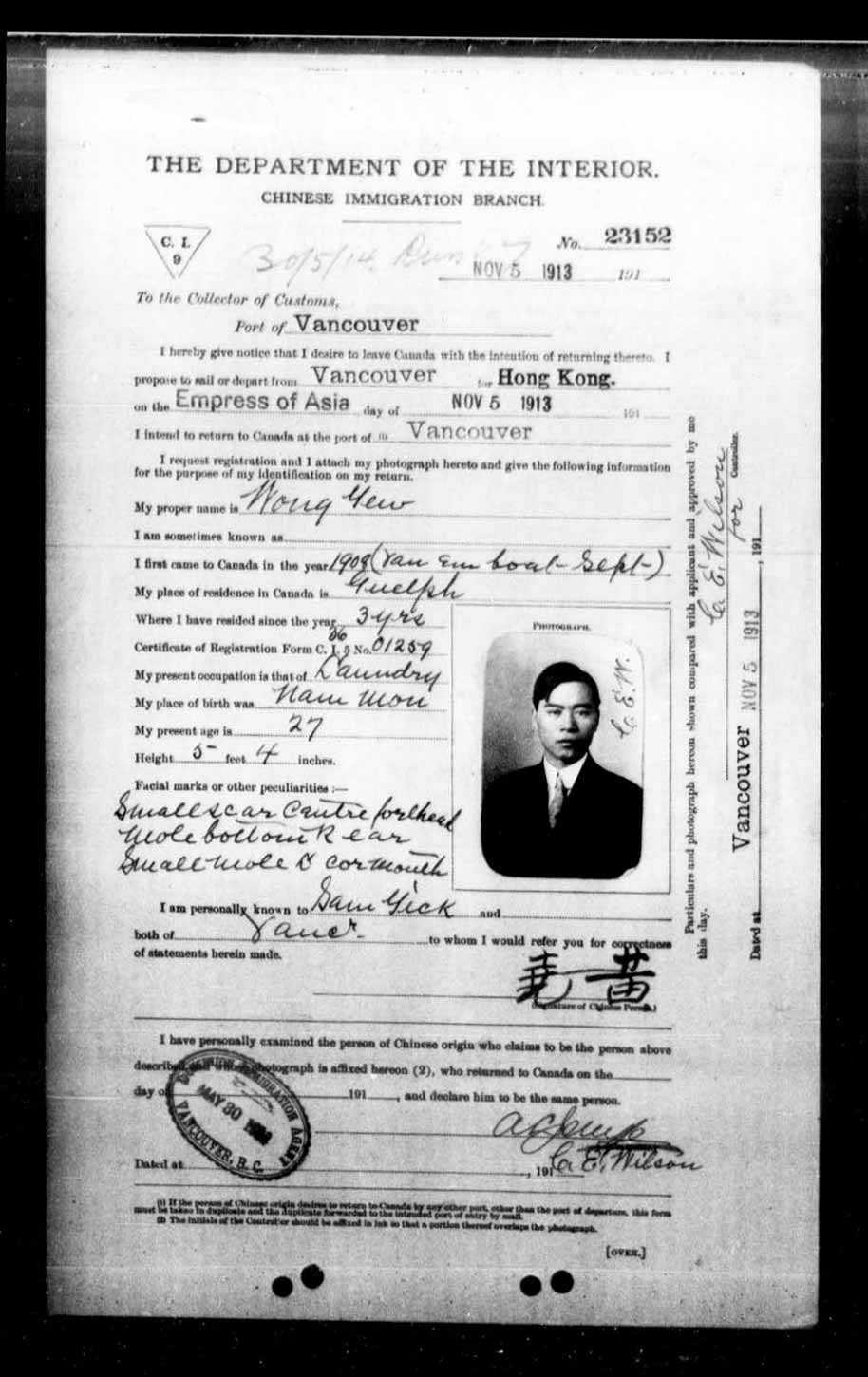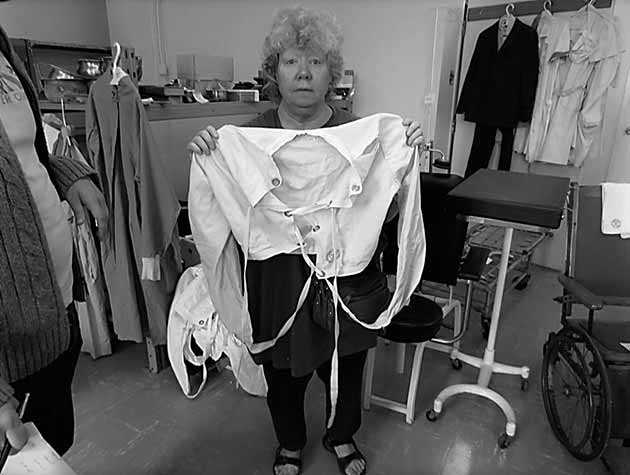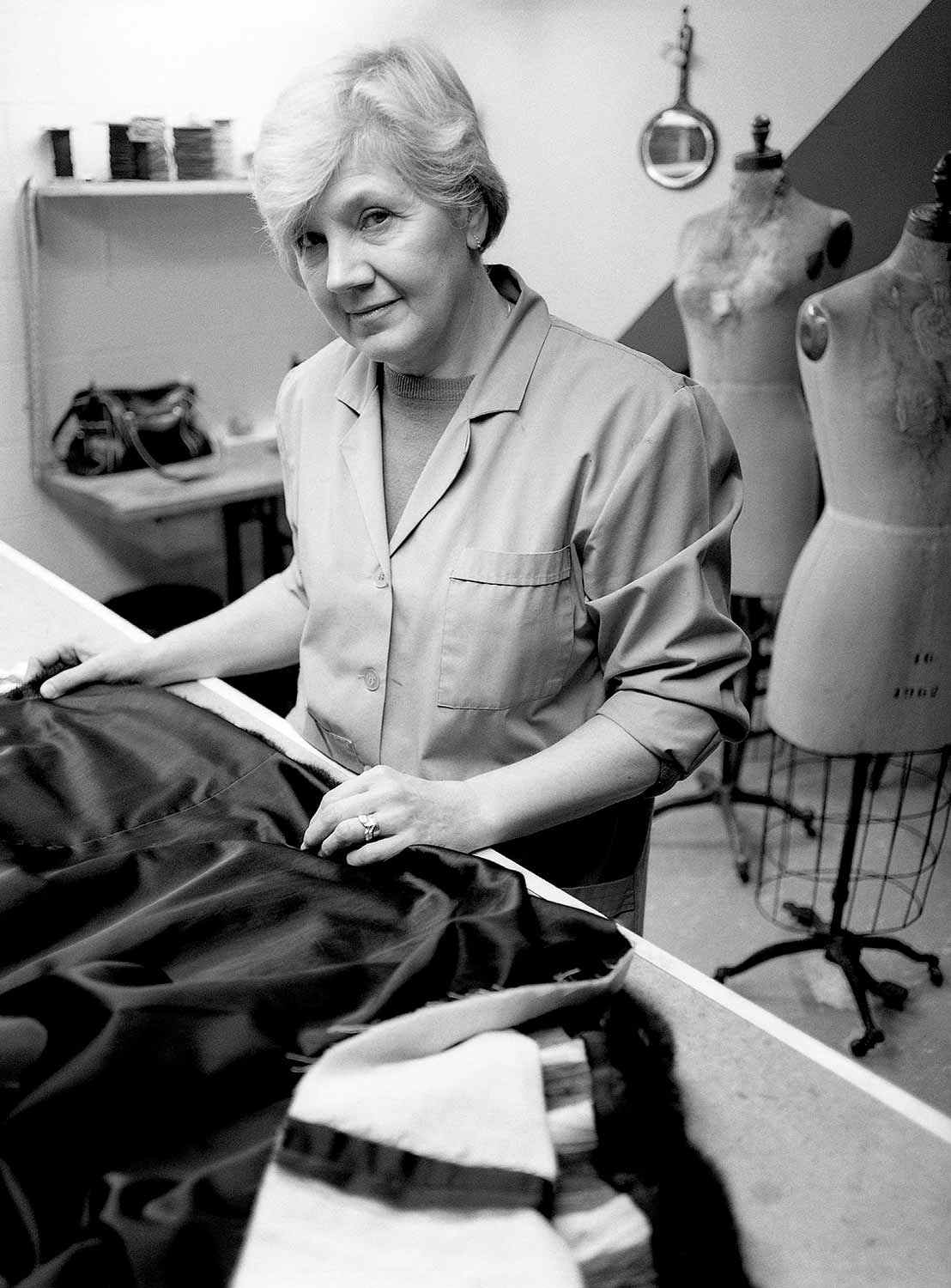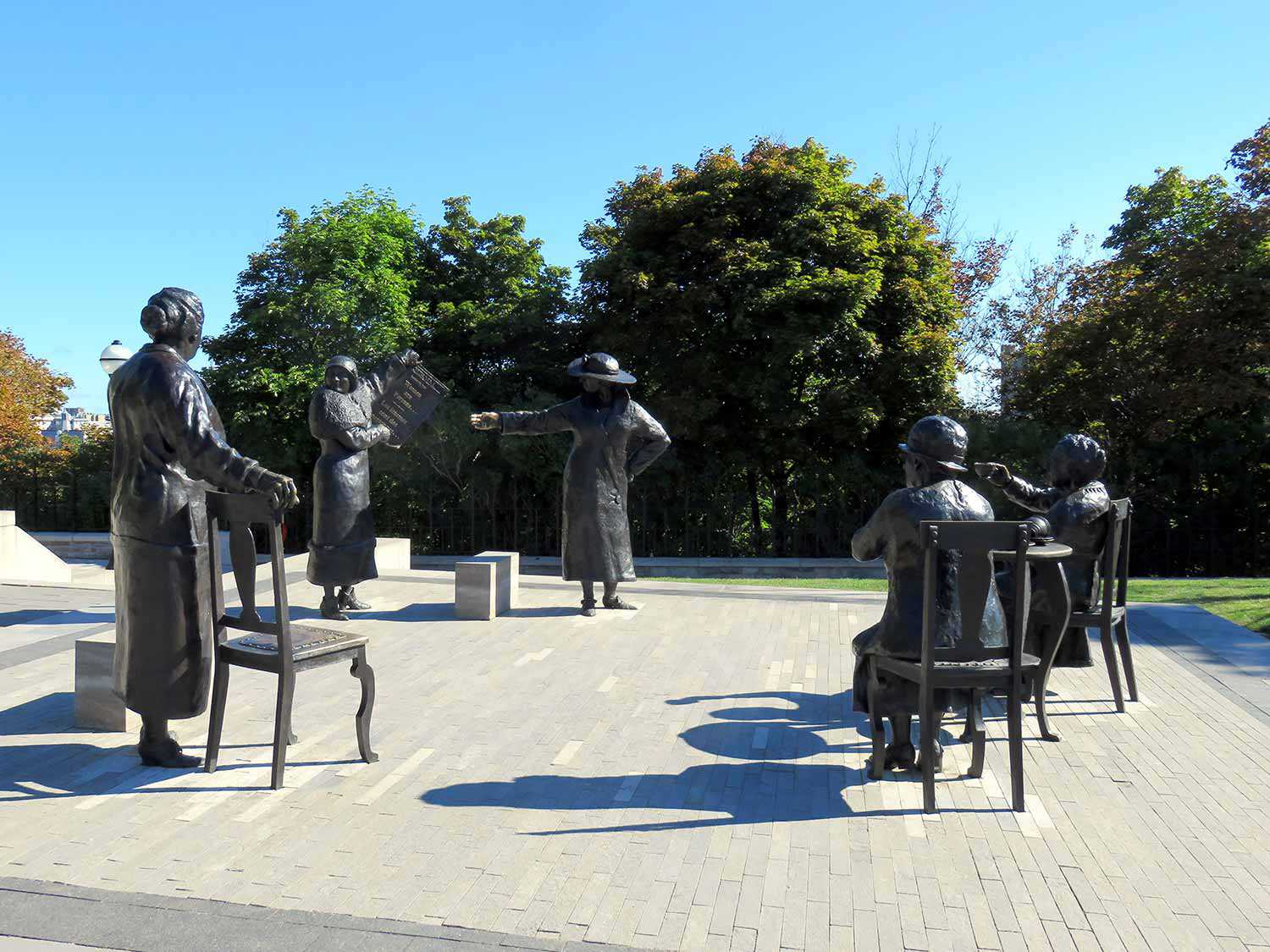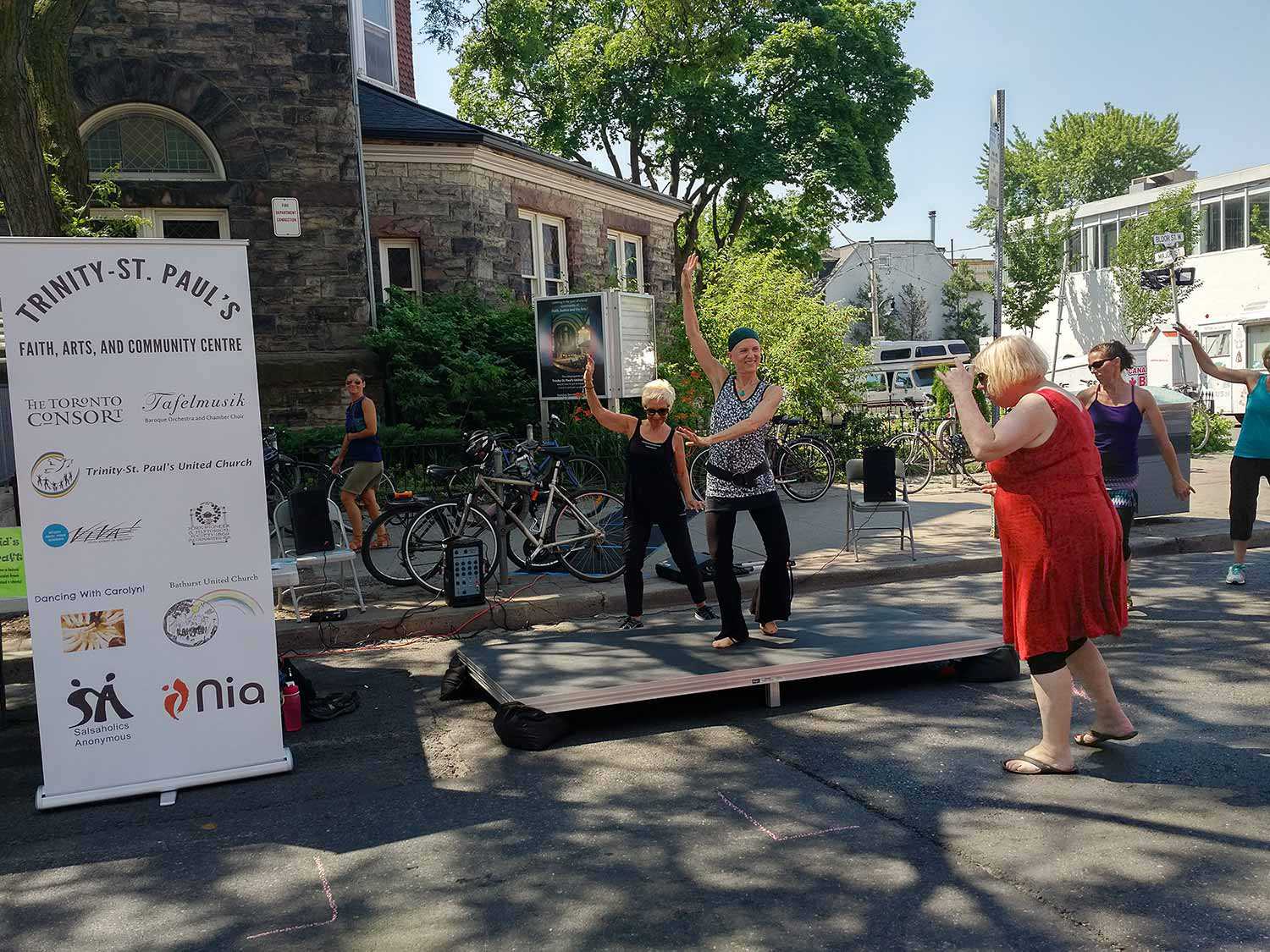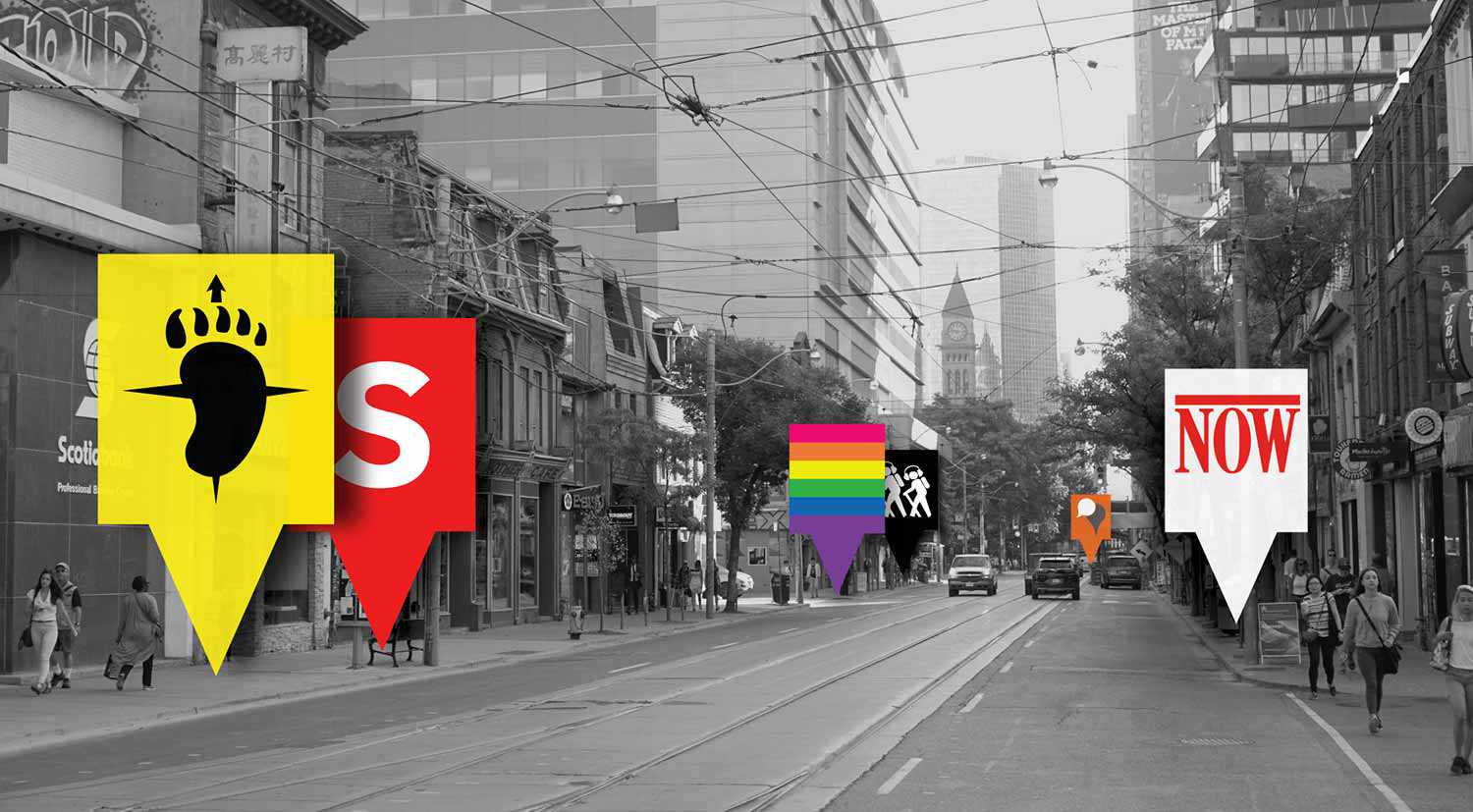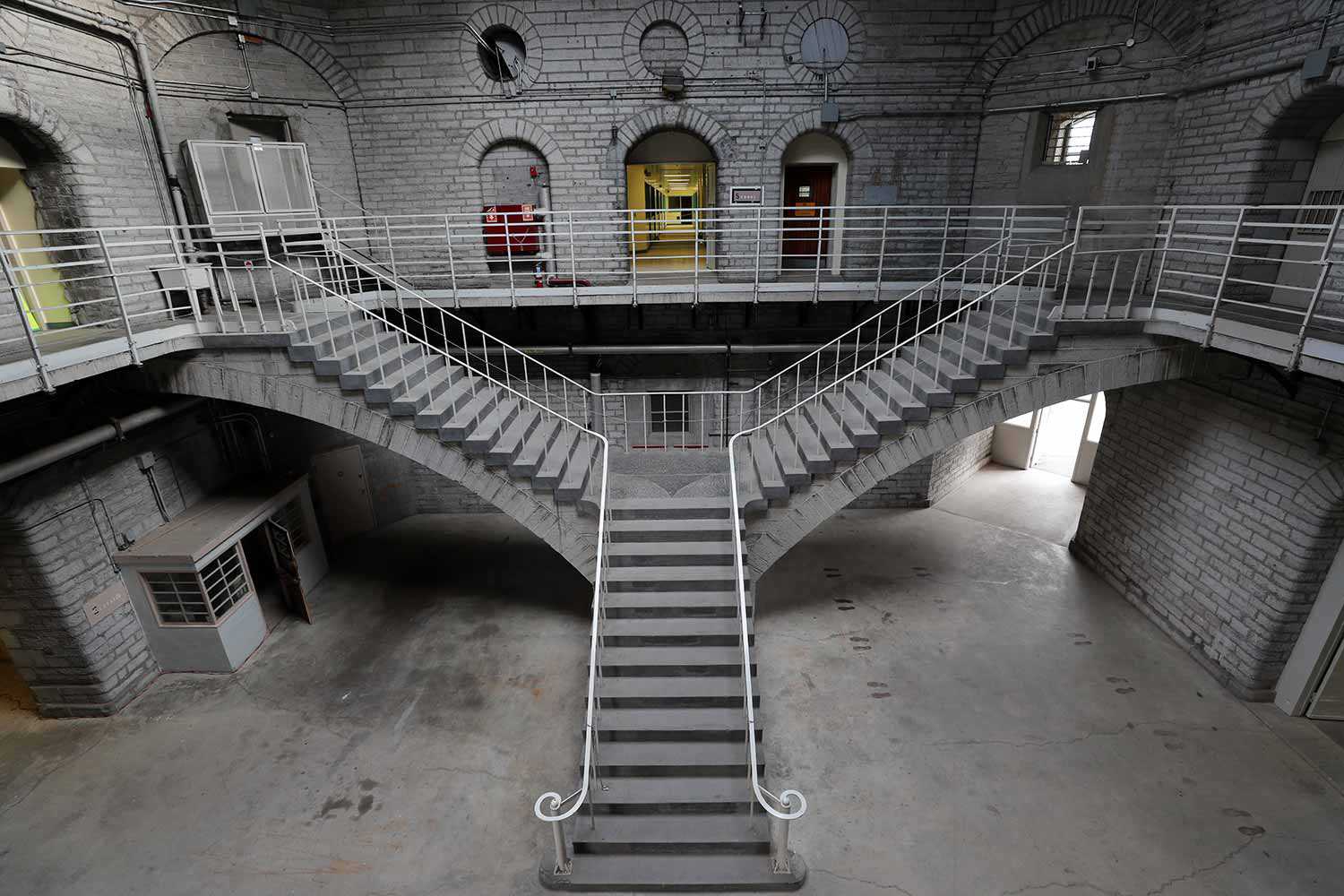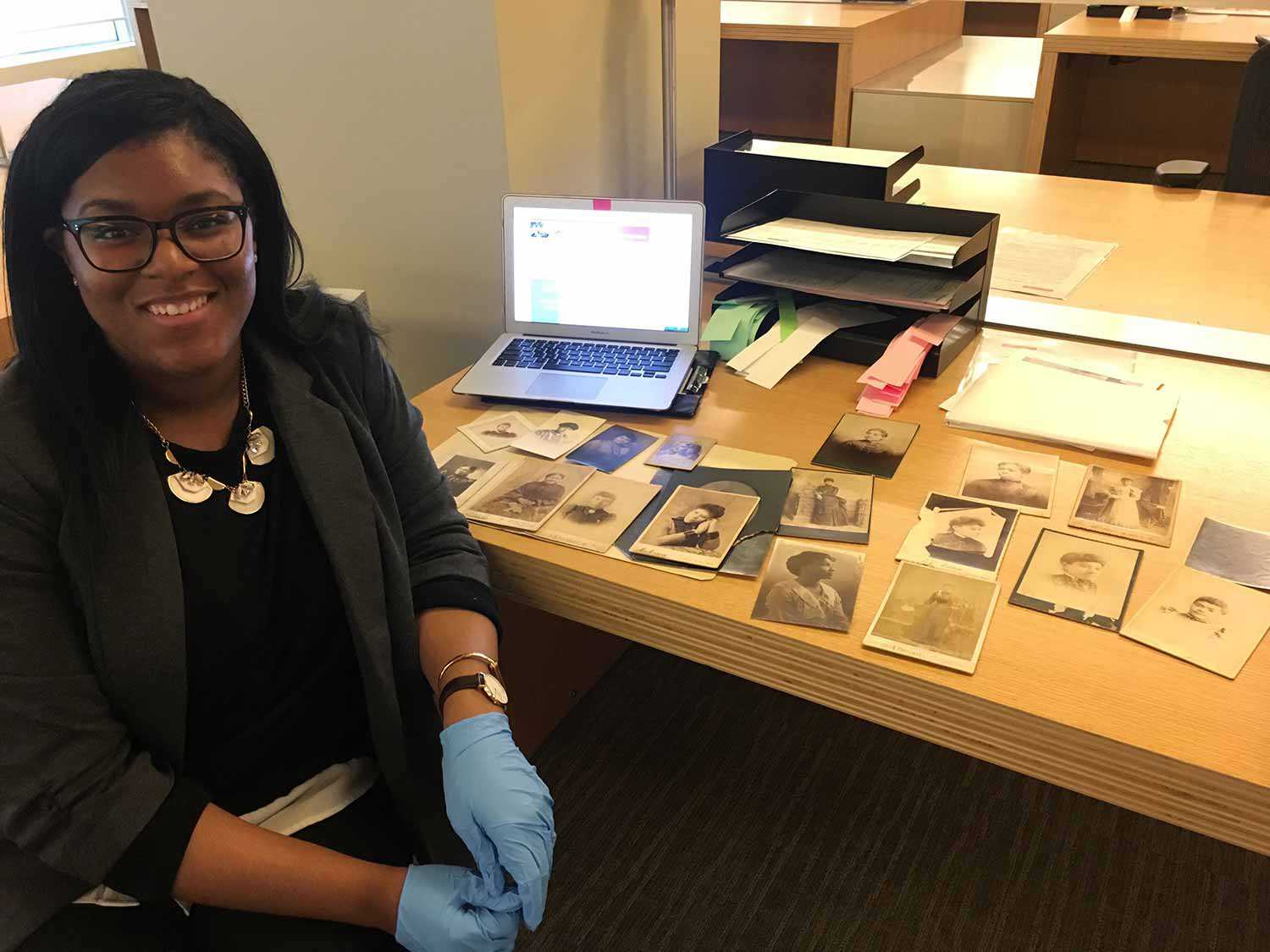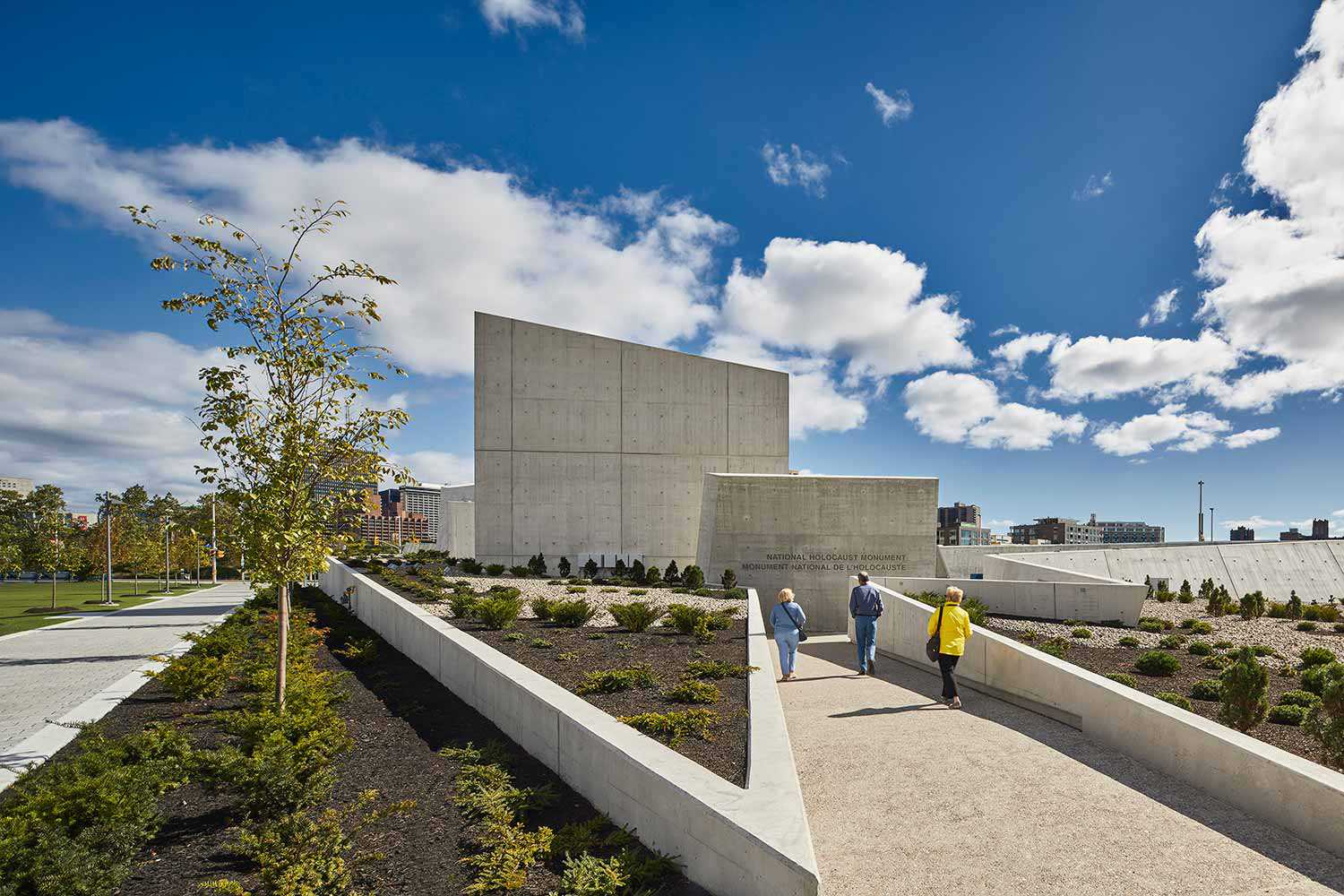

Browse by category
- Adaptive reuse
- Archaeology
- Arts and creativity
- Black heritage
- Buildings and architecture
- Communication
- Community
- Cultural landscapes
- Cultural objects
- Design
- Economics of heritage
- Environment
- Expanding the narrative
- Food
- Francophone heritage
- Indigenous heritage
- Intangible heritage
- Medical heritage
- Military heritage
- MyOntario
- Natural heritage
- Sport heritage
- Tools for conservation
- Women's heritage
Kensington Market: Hidden histories
Ask any Torontonian where you must visit when you’re in town and, without a doubt, Kensington Market will be a fave recommendation. Located in the heart of downtown Toronto and bounded by College Street, Spadina Avenue, Dundas Street and Bathurst Street, Kensington Market provides visible traces of Toronto’s immigrant past layered onto iconic late-Victorian residences in the core of a vibrant commercial neighbourhood.
One of the first features in the area – prominent in early surveying and settlement maps – was a Georgian manor home, Belle Vue, built for one of Upper Canada’s wealthiest men, the British Loyalist Captain George Taylor Denison who, from 1822 on, drilled his company of volunteer cavalry on the green square fronting his house. Visit the site today and Kiever Synagogue now stands on the corner. Denison Square is still there, however, in the exact footprint originally laid out. Bellevue Square on a summer day would likely shock its British Loyalist patriarch and magistrate, as the park is often packed with a mix of families, local residents, punks, hippies, market visitors, musicians, dogs, artists and the memorial statue of Al Waxman from CBC’s 1970s television series, King of Kensington. Add the rich history of the Jewish community that fundraised to build the Kiever Synagogue, which has been a central hub for Jewish residents in the market and beyond since 1922. At the northeast corner of the square, on Augusta Avenue, you’ll find the iconic Amadeu’s Restaurant, one of a number of businesses that flourished with the establishment of a Portuguese community in a post-1950s immigration wave.
Trachter’s Milk Store, 71 Kensington Avenue, Toronto, May 1925. Ontario Jewish Archives, Blankenstein Family Heritage Centre, item 2947.
What’s extraordinary about Kensington Market is that this dense and vibrant tangle of history with the present day exists on every block and intersection. Individual buildings contain stories of multiple families and notable residents, touch-points to larger communities. Grammy Award-winning conductor and easy-listening orchestral arranger Percy Faith lived until his late teens in what is now the Caribbean Corner on Baldwin Street. Successive businesses mark shifts in culture and heritage, each adding to the neighbourhood and Toronto’s rich diversity. The just-closed Case Coffee ran for 50-plus years, owned by a single Portuguese family. Before that, it was a succession of Jewish-owned businesses going back into the 1920s. Counter to fears that a chain, corporate-owned business might take over the central people-watching spot, a new indie-owned hemp bakery and coffee shop, Jodie’s Joint, has opened in its place. As local historian, Bruce Beaton, suggests that at the heart of Kensington Market is the reality of change. Businesses, people and communities change, and sodoes, at times, the built landscape – its architecture, streetscape and signs.
In the fall of 2016, I led a group of students in a University College Canadian Studies Digital Methods course in researching what histories we could find in 32 Kensington Market properties . Our research project culminated in the building of an augmented-reality mobile app – Kensington Market: Hidden Histories, in partnership with No Campfire Required – and a web-based interactive map, supported by the Chief Librarian of the Maps and Database Library at the University of Toronto. Searching through the online and material records in the City of Toronto Archives and the Ontario Jewish Archives (OJA), students undertook the detective work of matching historical photographs to the existing streetscape, so that we could geolocate with certainty photos that previously only had annotations as to street names. Scrolling through microfiche and City of Toronto directories, as well as OJA records, historical works and the rabbit trails of online search, students were able to piece together histories of individuals whose lives and works impacted significantly on their communities and sometimes the growing city around the market, yet for whom no marker or plaque exists on site today.
We visited the market repeatedly throughout the project. In some instances, property numbers on early Goad’s Fire Insurance maps no longer matched existing street numbers and we had to turn to details in the building’s architecture to determine where, for example, Trachter’s Milk Store – a Jewish business and home to Harry and Becky Trachter and their three children – once stood. This fall’s students will extend the project with new research, as we have barely scratched the surface. For example, when you compare the brickwork visible on a Jewish poultry business at 18 Kensington Avenue and the wooden porch supports with a Google Street View image, it’s exactly the same. Note, too, the jutting brick wall also matches the extended north-side brick wall of what is now Courage My Love. This type of discovery was exhilarating for students who, in their efforts and contributions, went above and beyond the time one would usually give for a course. I was thrilled to be able to nominate our class for the Ontario Heritage Trust’s Lieutenant Governor’s Ontario Heritage Award for Youth Achievement, which they were honoured and humbled to receive.
The recognition for their work was deeply affirming of the impact that students can have in contributing to the safeguarding of the intangible cultural heritage that Kensington Market embodies. The pressures that the neighbourhood is experiencing today – development, gentrification, rising rents and property taxes, density and significantly poor physical infrastructure in water pipes, ventilation and building stability – are all factors that need to be taken into consideration alongside the extraordinary history that the streetscape contains.
Our project, which will continue this fall, is one of a number of efforts to bring into public awareness the lives lived amid changing and sometimes fractious social and political contexts. Making history visible through new digital technologies is an exciting and accessible way to step into the past. It’s extraordinary to stand on the same spot on Kensington Avenue where an unknown photographer took the photo of Becky Trachter and her brother Art Cooper, immortalizing their beaming smiles and proud stance, on a sunny day possibly much like today.

